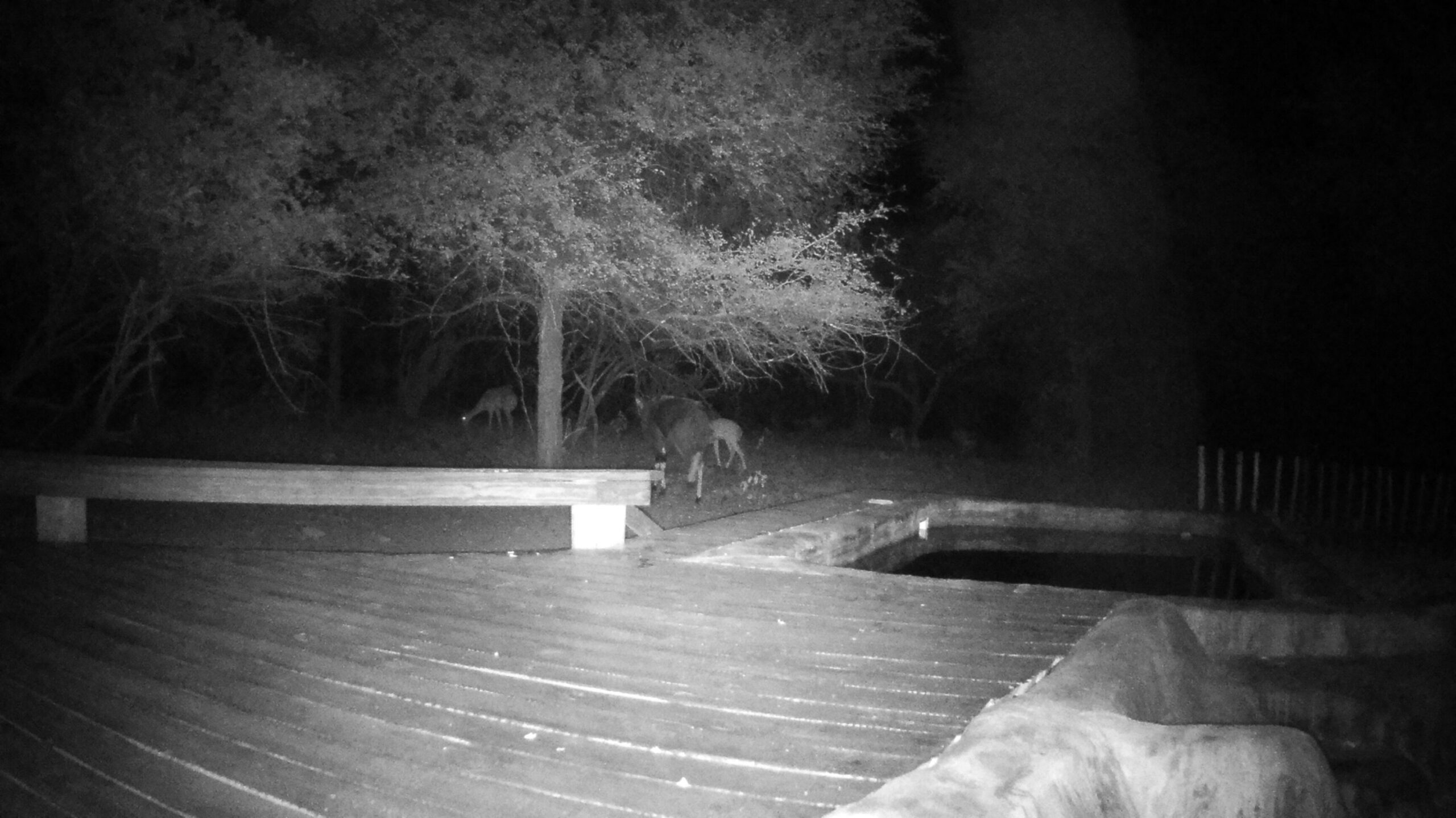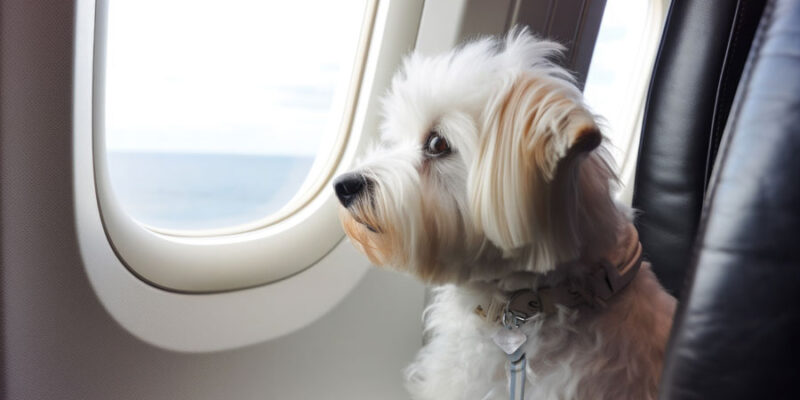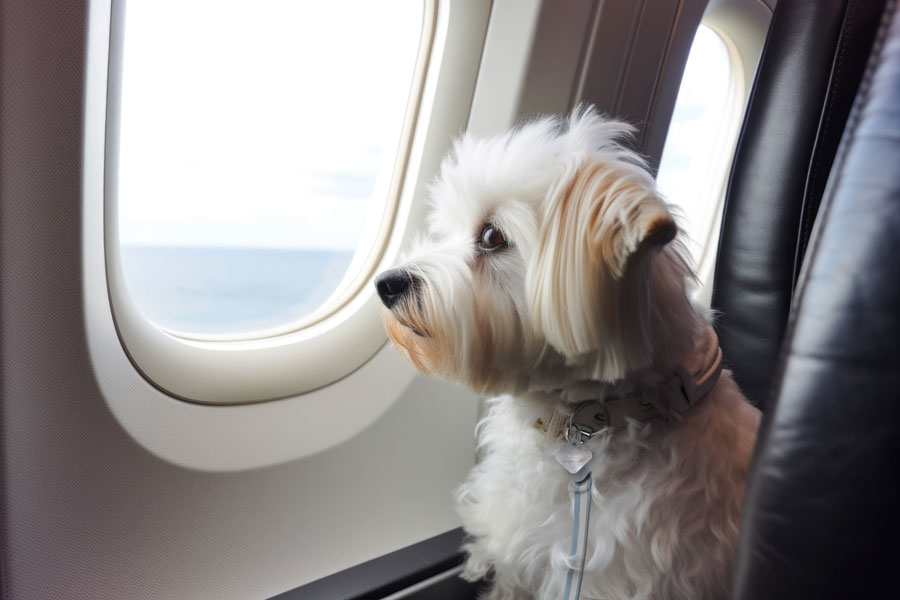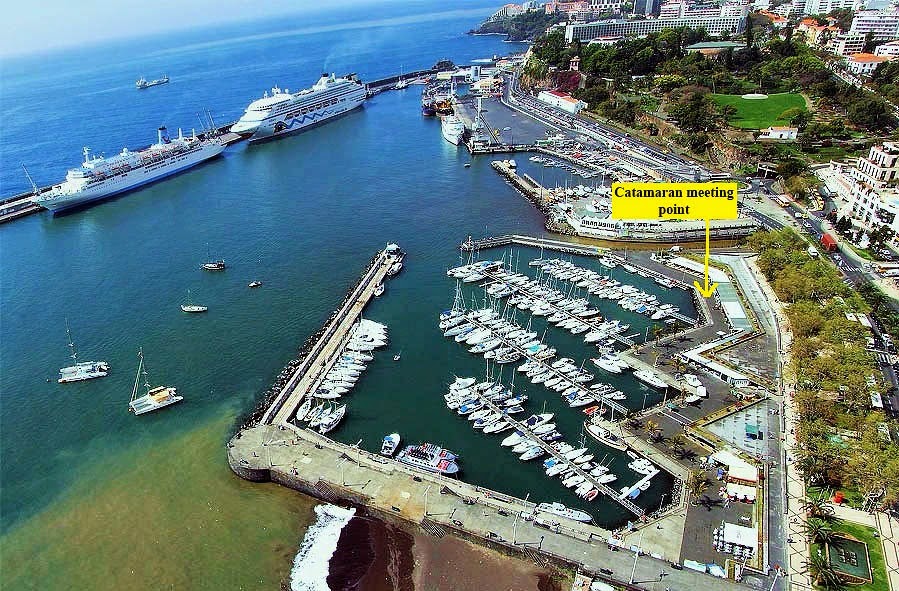
It was 12 years ago today, Tom retired from Burlington Northern Santa Fe Railroad, and we left Minnesota. We loaded up his SUV with way too much stuff to drive to Arizona for a two-month stay to wrap up some paperwork, buy new laptops and smartphones, and work on visas for upcoming cruises and travels.
Everything we’d owned was sold and gone, albeit with a modicum of tears that flowed freely after saying goodbye to our loved ones. We knew we’d miss family, but with easy Facetime access online, it wouldn’t be as challenging to be away as it might have been decades ago, before the internet.
We chose to stay in Arizona for a few months to see if we’d like to live there when we eventually settled down. The two months in Scottsdale convinced us that Arizona was unsuitable for us. The summer heat was unappealing, and somehow, we never acquired a connection to the state.
While there, we enjoyed spending time with Tom’s sisters in Apache Junction, but again, we couldn’t see ourselves living in a retirement community in Arizona or anywhere. In time, that may change our minds about living in a retirement community, but not now.
Here we are now, after 12 years of the most exciting and adventurous times of our lives, seeking the medical care we knew would eventually come to pass. Nothing we’ve discovered about my health thus far requires us to stop traveling. In our travels over the past 12 years, we’ve met many seniors with heart conditions similar to mine who continue to travel regularly, some even full-time, like us.
We’re not done yet. We still have plenty of world left to see and feel no urgency to make any permanent decisions. It’s funny, isn’t it, that we feel totally at ease with that uncertainty? Many have said that not having a home would make them uncomfortable and unsettled. For us, it’s not an issue at all.
I suppose this lifestyle has reshaped our needs, and we no longer feel compelled to have a place we call “home.” We’ve learned that such a decision can be made whenever we are ready from wherever we may be at any given time.
What are we doing to celebrate today? Without a rental car, there are no exceptional restaurants nearby that warrant an Uber ride, and the fact that we’ve already ordered takeaway meals from the best nearby restaurants, we see no reason to venture out. We considered having cocktails tonight since I have one unopened bottle of white wine, and Tom has a bottle of brandy. But it’s been two months since we’ve had a drink, and we don’t need to do so today.
Today is special to both of us, and neither food nor drink is required to revel in the memories we created over the past 12 years, let alone the 4448 posts we’ve uploaded since March 2012, (see the first post here) months before we left Minnesota, when we wrote our first post. At any moment, we can enjoy the memories of the past 12 years with only a few clicks in our archives.
When we look back at any of those posts, we are immediately transported back to those precious times, memories flooding our minds, with smiles on our faces and feelings of warmth in our hearts. We are grateful for the experiences, the times we spent together, the people we met along the way, and the people and places we have yet to see. We are grateful for the safety in our travels, although, at times, we encountered challenging situations.
And now, as we near the end of our time at Cleveland Clinic (four months to go), we are again grateful for the exceptional medical care and upcoming peace of mind we’ll carry with us when we leave.
Happy Halloween to all.
Be well.
Photo from ten years ago today, October 31, 2014:
 |
| This rooster was strutting around, showing off his pretty plumage at a vegetable stand in Maui. For more photos, please click here. |
































/https://tf-cmsv2-smithsonianmag-media.s3.amazonaws.com/filer_public/49/d1/49d1bb7d-8ffb-4ddc-aa50-43ecdb18fc17/20582328484_409572b2e2_o.jpg)


















